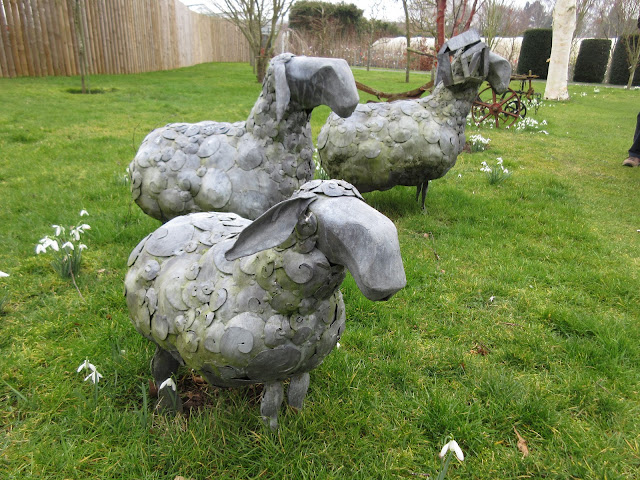In my last garden I had a pretty patch of Dicentra eximia. The leaves on their own are rather pretty and fern like, and flowers made good cutting. Unfortunately since it dies back by late summer, when I was starting to collect portions of my perennials to bring, it had slipped my mind. I am on the look out for this one now.

Last year I had acquired Dicentra cucullaria, aka Dutchman's breeches. It has yet to emerge. I potted it into a large pot to add to my display shelf.

The Corydalis Malkensis with its white flowers was the first to flower this year.

...and just a week or so Beth Evans is putting out flower stems. The picture below was taken last year.

A little blue c. flexuosa 'Kingfisher' was blooming till late autumn, and the tiny new leaves are just breaking through.

Just breaking through now is the white bleeding heart Dicentra/Lamprocapnos spectabilis 'Alba', which was from a division from my neighbour Val. This will be the first season in flower in my garden, and I looking forward to seeing how it looks in the position I've given it.
There is something specific to their form that I find attractive.....and whilst visiting a small nursery on our way back from the coast had my eye taken by a 'weed' growing on the surface of a tub grown tree. I was told it had been a plant that was sold at the nursery, but it was no longer available. I was delighted to be given a few 'bits' and of course I left a little donation....
Only a couple of weeks ago, I received my copy of Bleeding Hearts, Corydalis and their relatives by Mark Tebbitt et al. This was really useful in identifying my newly acquired cuttings: Corydalis cheilanthifolia
















































